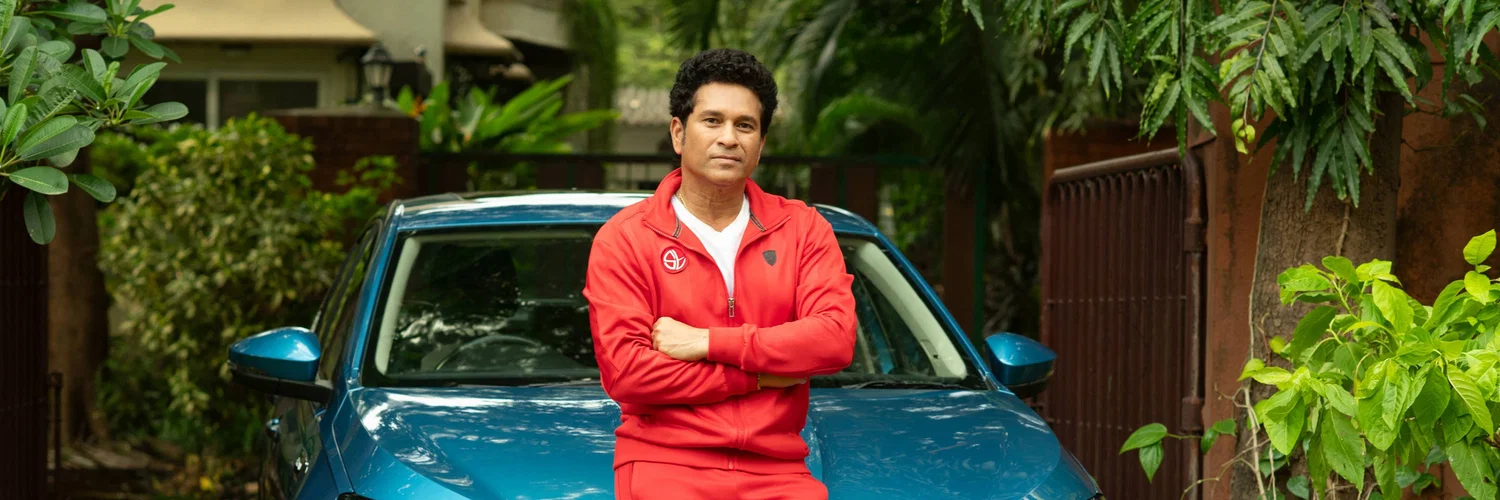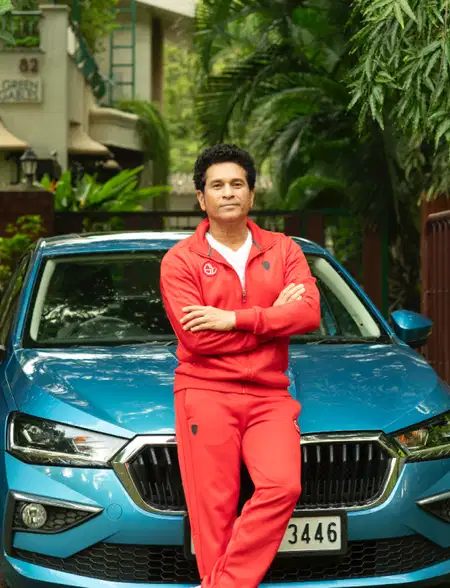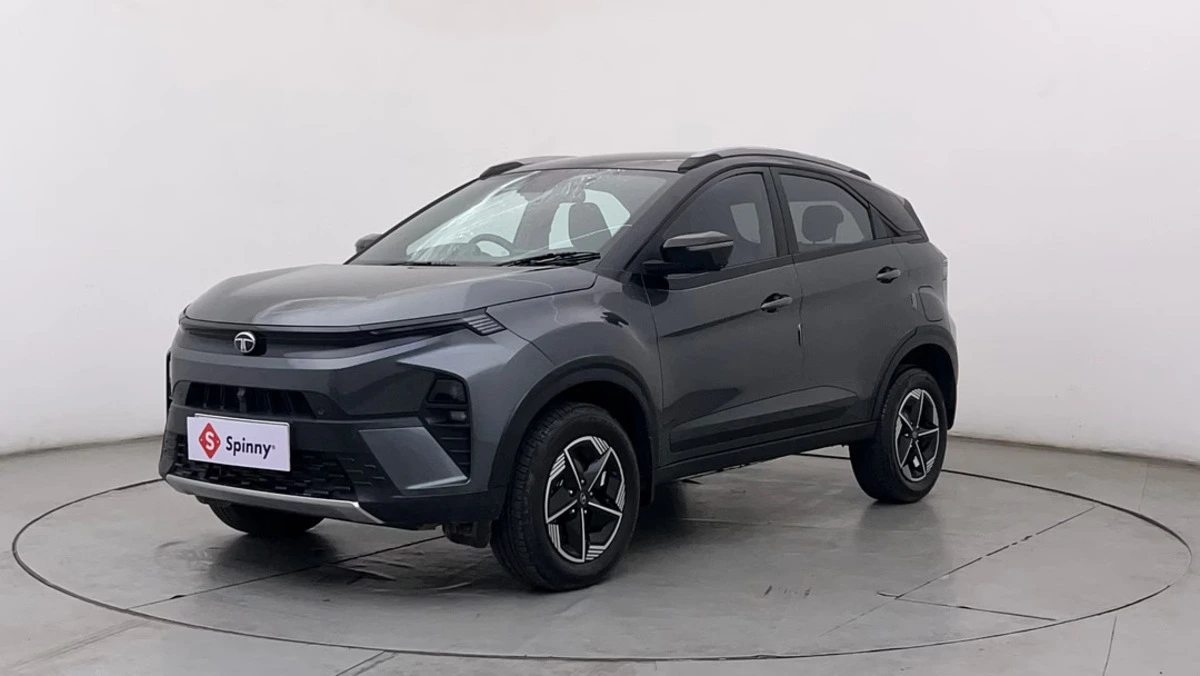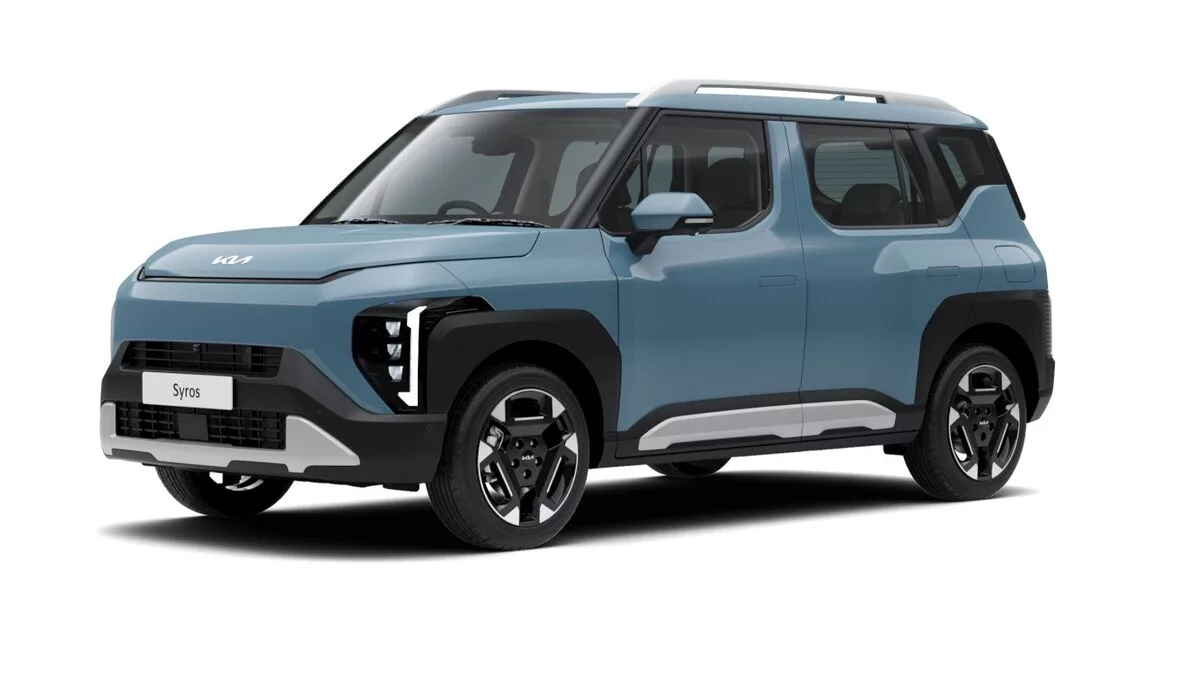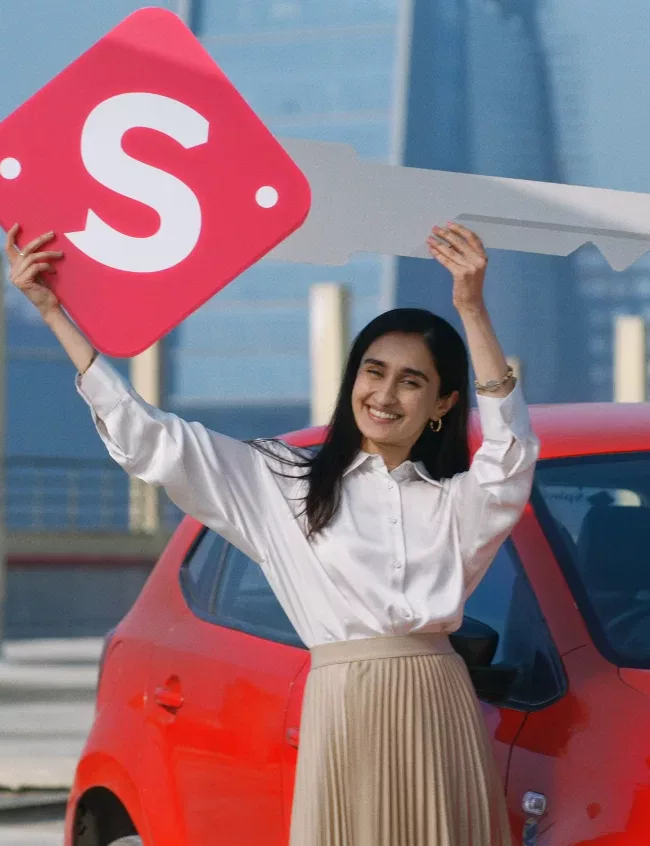G-NCAP has become a buzzword in recent years as safety has become a priority for new car buyers. The Global NCAP safety rating is what every automaker boasts to show the safety levels of their cars. Tata, Mahindra, and even Honda are advertising the safety of their cars using these ratings. However, if you are considering a new car and come across a G-NCAP safety rating, you might wonder what it means. We demystify what this safety rating means and how you can understand the rating better to make an informed buying decision.
What is Global NCAP?
The Global New Car Assessment Programme (G-NCAP) is a Fédération Internationale de l’Automobile (FIA)-funded body, which evaluates the crashworthiness of a car via some crash tests set with various vital parameters.
The New Car Assessment Programme was started in 1978 to check and report the results of crash tests and safety of new cars. This was followed by other regions like Japan, Euro, and Latin America developing crash tests for their markets on similar lines as the NCAP. In 2011, the Global NCAP was formed to improve cooperation between the regional NCAP tests and propagate the wave of vehicle crash-testing and reporting in emerging markets. In India, the Global NCAP has been testing the frontal crash performance passenger cars since 2014, and they have tested 50 cars till February 2022.
How are new cars assessed?
The Global NCAP safety test is essentially a front offset crash test that simulates a collision between two cars of the same weight at a speed of 50 kmph. The crash test crashes a car into a deformable barrier at 64kmph. As the test is a front offset, only 40% of the car is crashed into the barrier.

Crash test dummies represent the passengers that are usually travelling in a car. This includes two adults seated in the front and two children seated in the rear seats, simulating a typical family travelling in a car. The safety ratings that you find advertised are based on the adult and child occupant protection scores recorded during the crash test. The scores are primarily based on the reading from the dummies and additional points are awarded for the presence of certain safety features.
Adult Occupant Protection Score
The adult occupant protection score measures 16 points on the adult dummies. These points include critical body areas such as the head, neck, chest, knee, femur, pelvis, leg and foot. An additional point is given for the presence of safety equipment like seatbelt reminder, ABS, side impact protection as standard equipment on the car.

Child Occupant Protection Score
The child occupant protection score is based on readings from two child dummies to simulate an 18 month old baby and a 3 year old child. The children are seated in appropriate ISOFIX child seats that are secured on ISOFIX mounts. Child safety is scored out of 49 points, which include the same body indicators as adults as well as how well the child is protected in the child restraint seats. For families with children, this is a crucial rating to pay attention to.

Safest Cars in India
Understanding the Global NCAP assessment process gives a much better appreciation for the safest cars in India. Cars from Tata and Mahindra regularly score high, with other manufacturers following suit.
Car Name | Safety Rating | Ex-Showroom Price |
Tata Nexon | 5-star GNCAP | Rs. 7.39 - 13.34 Lakh |
Mahindra XUV700 | 5-star GNCAP | Rs. 12.95 - 23.79 Lakh |
Tata Punch | 5-star GNCAP | Rs. 5.64 - 8.98 Lakh |
Mahindra XUV300 | 5-star GNCAP | Rs. 8.16 - 13.67 Lakh |
Tata Altroz | 5-star GNCAP | Rs. 5.99 - 9.69 Lakh |
Mahindra Thar | 4-star GNCAP | Rs. 13.17 - 15.53 Lakh, |
Tata Tigor | Tigor EV | 4-star GNCAP | Rs. 5.79 - 8.41 Lakh | Rs. 11.99 - 13.14 Lakh |
Renault Triber | 4-star GNCAP | Rs. 5.69 - 8.25 Lakh |
Maruti Suzuki Vitara Brezza | 4-star GNCAP | Rs. 7.69 - 11.34 Lakh |
Mahindra Marazzo | 4-star GNCAP | Rs. 12.80 - 15.00 Lakh |
Conclusion
As safety has become one of the top priorities in a car’s ownership, the safest cars in India are bagging astonishing success, i.e., Tata Nexon, Tata Punch, Mahindra XUV700. Moving forward, the Global NCAP will soon be implementing stricter protocols to test cars, using the most advanced form of technologies. This ensures, in the not-so-distant future we will see phenomenally raised safety standards in the Indian automotive space.
FAQs about Global NCAP
Is the Global NCAP test mandatory in India?
No, the Global NCAP crash test for cars is not mandatory in India.
Among Euro NCAP and Global NCAP, which one is better?
Both Euro NCAP and Global NCAP tests are thorough tests of the safety capabilities of new cars. However, Euro NCAP tests include full frontal, front offset, side impact and side pole tests, whereas the Global NCAP ratings are based only on front offset crash tests.
Which variant of the car is used in the crash test of Global NCAP?
The Global NCAP does the testing on the base variant of the car.
Is a 3-star Global NCAP rating good enough?
The 3-star Global NCAP rating is considered to offer marginal safety in the event of a crash. Referring to the full test results will provide a better idea about the car's safety performance.
According to Global NCAP, which is the safest car in India?
According to Global NCAP, the Tata Punch is the safest car in India.
